- عنوان کتاب: Applied Computer Vision through Artificial Intelligence -Exploring Machine and Deep Learnings Impact on Computer Vision
- نویسنده: Jasminder Kaur Sandhu, Sachin Ahuja
- حوزه: بینایی کامپیوتر
- سال انتشار: 2025
- تعداد صفحه: 501
- زبان اصلی: انگلیسی
- نوع فایل: pdf
- حجم فایل: 6.48 مگابایت
این کتاب تأثیر دگرگونکنندهی یادگیری ماشین و یادگیری عمیق بر بینایی کامپیوتر را بررسی میکند و نظریههای بنیادی را با کاربردهای پیشگامانه پیوند میدهد. این کتاب راهنمای جامعی برای محققان و متخصصان ارائه میدهد تا در چشمانداز در حال تحول سیستمهای بصری هوشمند حرکت کنند. این کتاب کاوشی در پتانسیل دگرگونکنندهی یادگیری ماشین و یادگیری عمیق در بینایی کامپیوتر است. با فصلهایی که توسط متخصصان نوشته شده است، به جنبههای متنوعی – از نظریههای بنیادی تا کاربردهای پیشگامانه – میپردازد و درک عمیقی از این حوزه پویا ارائه میدهد. محتوا، بینشهای نظری را با کاربردهای دنیای واقعی پیوند میدهد و راهنمای جامعی برای پیمایش در چشمانداز به سرعت در حال تحول فناوریهای بینایی کامپیوتر به خوانندگان ارائه میدهد. این کتاب منبعی ارزشمند برای دانشجویان، محققان و متخصصانی است که به دنبال مهار قدرت سیستمهای ادراک بصری هوشمند هستند. ویراستاران، دکتر جاسمیندر کاور ساندو، دکتر آبیشک کومار، دکتر راکش ساهو و دکتر ساچین آهوجا، این اثر را به عنوان یک تلاش مشترک برای الهام بخشیدن به نوآوری و کشف در بینایی کامپیوتر و پیشبرد موج بعدی پیشرفتهای فناوری ارائه میدهند. مروری بر تشخیص پزشکی از طریق تصویربرداری هیستوپاتولوژیک و تحلیل ویدیویی مبتنی بر هوش مصنوعی این فصل به بررسی ادغام هوش مصنوعی در تصویربرداری هیستوپاتولوژیک میپردازد و نقش آن را در تشخیص به تفصیل شرح میدهد. این فصل پیشرفتها در تحلیل ویدیو را برای افزایش دقت برجسته میکند و بر پتانسیل هوش مصنوعی برای ایجاد انقلابی در تشخیص بیماری و تصمیمگیری بالینی در عمل پزشکی مدرن تأکید دارد. شبکههای مولد تخاصمی: نظریه و کاربرد در سنتز این فصل مقدمهای بر شبکههای مولد تخاصمی (GAN) ارائه میدهد و مبانی نظری و کاربردهای عملی آنها را در سنتز دادهها توضیح میدهد. این فصل نشان میدهد که چگونه شبکههای مولد تخاصمی امکان تولید تصویر واقعگرایانه را فراهم میکنند و راههایی را برای نوآوری در حوزههای مختلف مانند مراقبتهای بهداشتی، بازی و صنایع خلاق باز میکنند. از پیکسلها تا پیشبینیها: یادگیری عمیق برای تشخیص گلوکوم این فصل به چگونگی تجزیه و تحلیل تصاویر شبکیه توسط مدلهای یادگیری عمیق برای تشخیص زودهنگام گلوکوم میپردازد. این فصل روشها، مجموعه دادهها و چالشها را بررسی میکند و بر پتانسیل ابزارهای تشخیصی مبتنی بر هوش مصنوعی برای افزایش مراقبتهای چشمی و جلوگیری از کاهش بینایی در سطح جهان تأکید میکند. پیشرفتها در بینایی کامپیوتر برای تشخیص و شناسایی اشیا با استفاده از مدل یادگیری عمیق DenseNet این فصل به معماری DenseNet میپردازد و کاربرد آن را در تشخیص و شناسایی اشیا به تفصیل شرح میدهد. این فصل بهبود عملکرد، کارایی محاسباتی و پیادهسازیهای دنیای واقعی را بررسی میکند و بر تأثیر آن بر نظارت، رباتیک و سیستمهای هوشمند تأکید دارد. تشخیص اخاذی سایبری مبتنی بر یادگیری عمیق تشخیص اخاذی سایبری از طریق الگوریتمهای یادگیری عمیق بررسی میشود. این فصل در مورد شناسایی تهدیداتی مانند باجافزار، تجزیه و تحلیل الگوهای حمله و توسعه دفاعهای قوی بحث میکند. این فصل همگرایی هوش مصنوعی و امنیت سایبری را در حفاظت از داراییهای دیجیتال نشان میدهد. شبکههای عصبی مصنوعی رها شده: از تئوری تا واقعیتهای مصنوعی این فصل با بررسی پیشرفتهای شبکههای عصبی مصنوعی، ظرفیت آنها را برای ایجاد واقعیتهای مصنوعی نشان میدهد. این فصل کاربردهای نوآورانه در ساخت ویدیو، محیطهای مجازی و تلاشهای هنری را پوشش میدهد و تأثیر عمیق دادههای مصنوعی بر فناوری و خلاقیت را نشان میدهد. سیستم تأیید هویت خودرو با RFID و بینایی کامپیوتر این فصل یک سیستم احراز هویت ترکیبی را ارائه میدهد که RFID و بینایی کامپیوتر را برای دسترسی ایمن به وسایل نقلیه ترکیب میکند. این فصل به بررسی استراتژیهای پیادهسازی، مزایا و کاربردهای آن در حمل و نقل هوشمند، افزایش امنیت و تجربه کاربر میپردازد. همافزایی تکنیکهای یادگیری گروهی برای تشخیص قوی احساسات با استفاده از سیگنالهای EEG این فصل به بررسی تکنیکهای یادگیری گروهی برای تشخیص احساسات مبتنی بر EEG میپردازد. با ترکیب مدلهای متنوع، به دقت بهبود یافته دست مییابد و راه را برای پیشرفت در فناوری عصبی، مراقبتهای بهداشتی و تعامل انسان و کامپیوتر هموار میکند.
This book unravels the transformative impact of machine learning and deep learning on computer vision, bridging foundational theories with groundbreaking applications. It offers a comprehensive guide for researchers and professionals to navigate the evolving landscape of intelligent visual systems. This book is an exploration of the transformative potential of machine learning and deep learning in computer vision. With chapters authored by experts, it delves into diverse aspects—from foundational theories to groundbreaking applications—providing an in-depth understanding of this dynamic field. The content bridges theoretical insights with real-world applications, offering readers a comprehensive guide to navigating the rapidly evolving landscape of computer vision technologies. It is a valuable resource for students, researchers, and professionals seeking to harness the power of intelligent visual perception systems. The editors, Dr. Jasminder Kaur Sandhu, Dr. Abhishek Kumar, Dr. Rakesh Sahu, and Dr. Sachin Ahuja, present this work as a collaborative effort to inspire innovation and discovery in computer vision, driving the next wave of technological advancements. An Overview of Medical Diagnostics through Artificial Intelligence- Powered Histopathological Imaging and Video Analysis This chapter explores the integration of AI in histopathological imaging, detailing its role in diagnostics. It highlights advancements in video analysis for enhanced precision, emphasizing AI’s potential to revolutionize disease detection and clinical decision-making in modern medical practice. Generative Adversarial Networks: Theory and Application in Synthesis This chapter provides an introduction to GANs, explaining their theoretical foundations and practical applications in data synthesis. It showcases how GANs enable realistic image generation, opening avenues for innovation in various domains like healthcare, gaming, and creative industries. From Pixels to Predictions: Deep Learning for Glaucoma Detection The chapter addresses how deep learning models analyse retinal images for early glaucoma detection. It explores methodologies, datasets, and challenges, underscoring the potential of AI-driven diagnostic tools to enhance ophthalmic care and prevent vision loss globally. Advancements in Computer Vision for Object Detection and Recognition using DenseNet Deep Learning Model This chapter dives into DenseNet’s architecture, detailing its application in object detection and recognition. It examines performance improvements, computational efficiency, and real-world implementations, emphasizing its impact on surveillance, robotics, and intelligent systems. Deep Learning-Based Detection of Cyber Extortion Cyber extortion detection is explored through deep learning algorithms. This chapter discusses identifying threats like ransomware, analyzing attack patterns, and developing robust defenses. It demonstrates the convergence of AI and cybersecurity in safeguarding digital assets. GANs Unleashed: From Theory to Synthetic Realities Delving into GAN advancements, this chapter illustrates their capacity to create synthetic realities. It covers innovative applications in video creation, virtual environments, and artistic endeavors, showcasing the profound impact of synthetic data on technology and creativity. RFID and Computer Vision-Enhanced Automotive Authentication Verification System This chapter presents a hybrid authentication system combining RFID and computer vision for secure vehicular access. It explores implementation strategies, benefits, and applications in smart transportation, enhancing security and user experience. Synergizing Ensemble Learning Techniques for Robust Emotion Detection using EEG Signals This chapter investigates ensemble learning techniques for EEG-based emotion detection. By combining diverse models, it achieves improved accuracy, paving the way for advancements in neurotechnology, healthcare, and human-computer interaction.
این کتاب را میتوانید از لینک زیر بصورت رایگان دانلود کنید:
Download: Applied Computer Vision through Artificial Intelligence




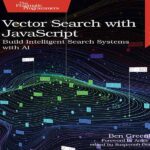







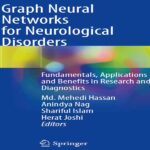
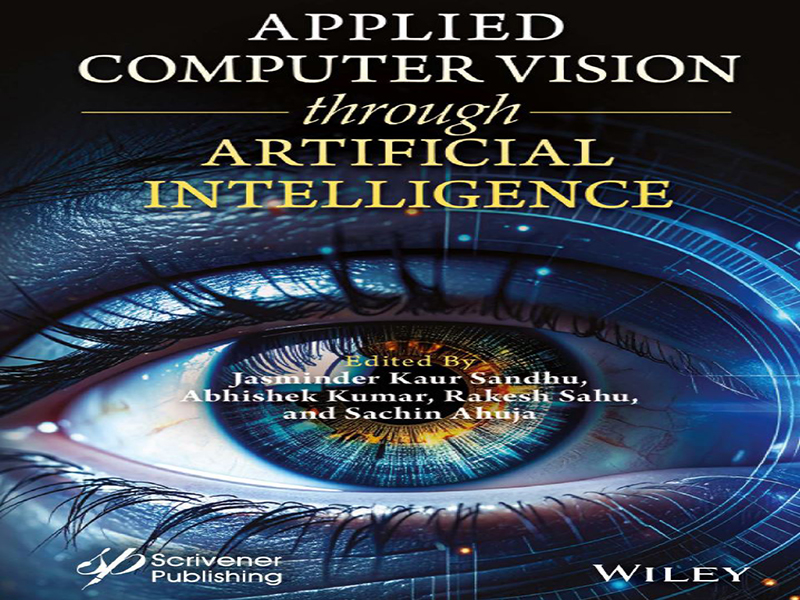
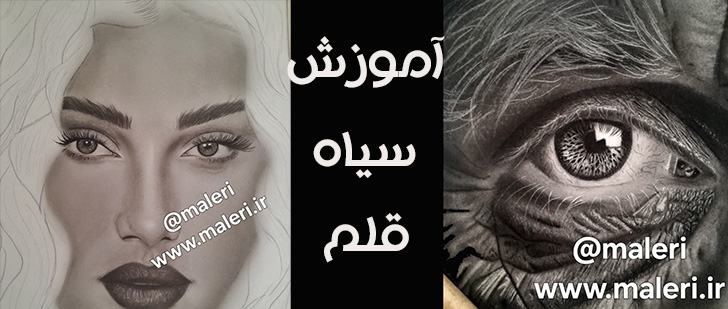

















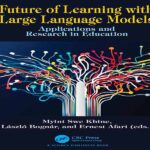

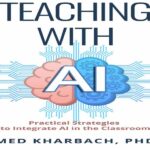
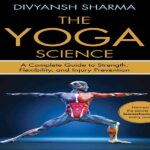
نظرات کاربران